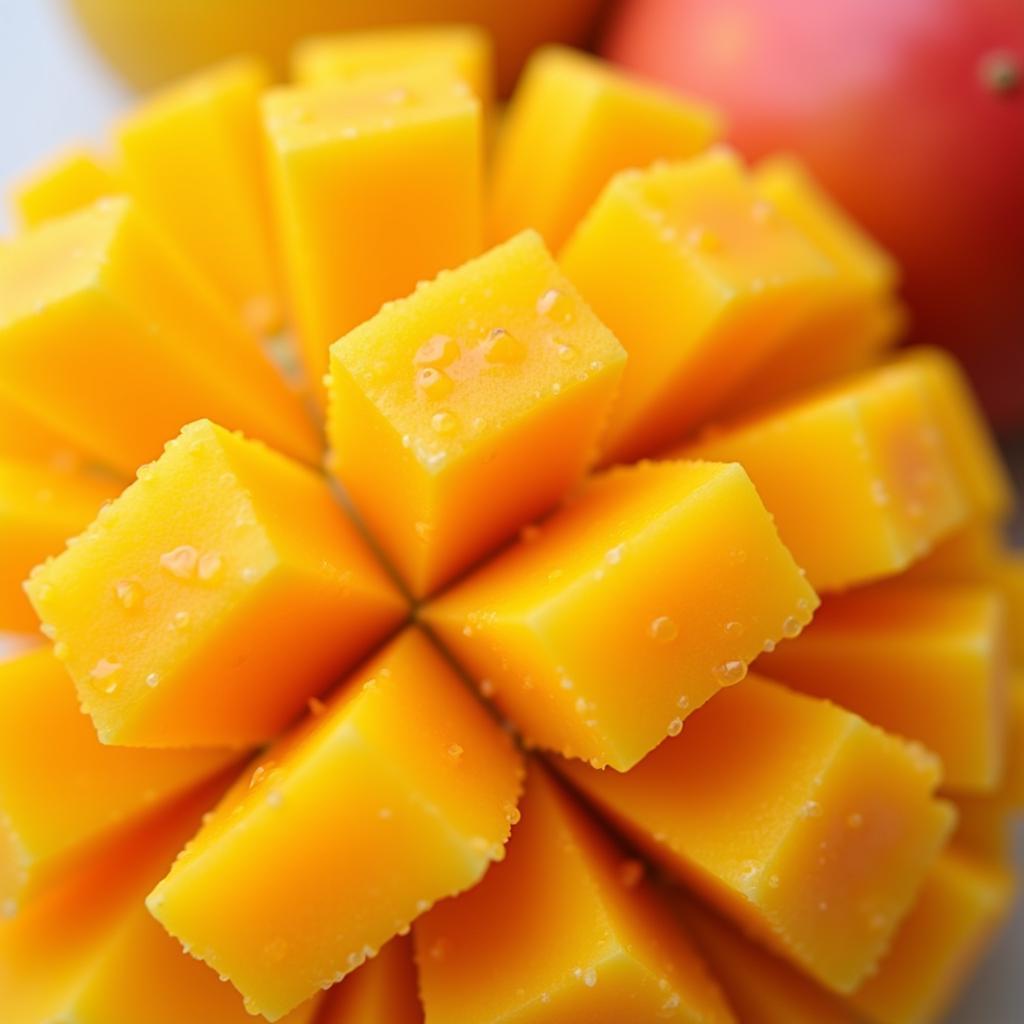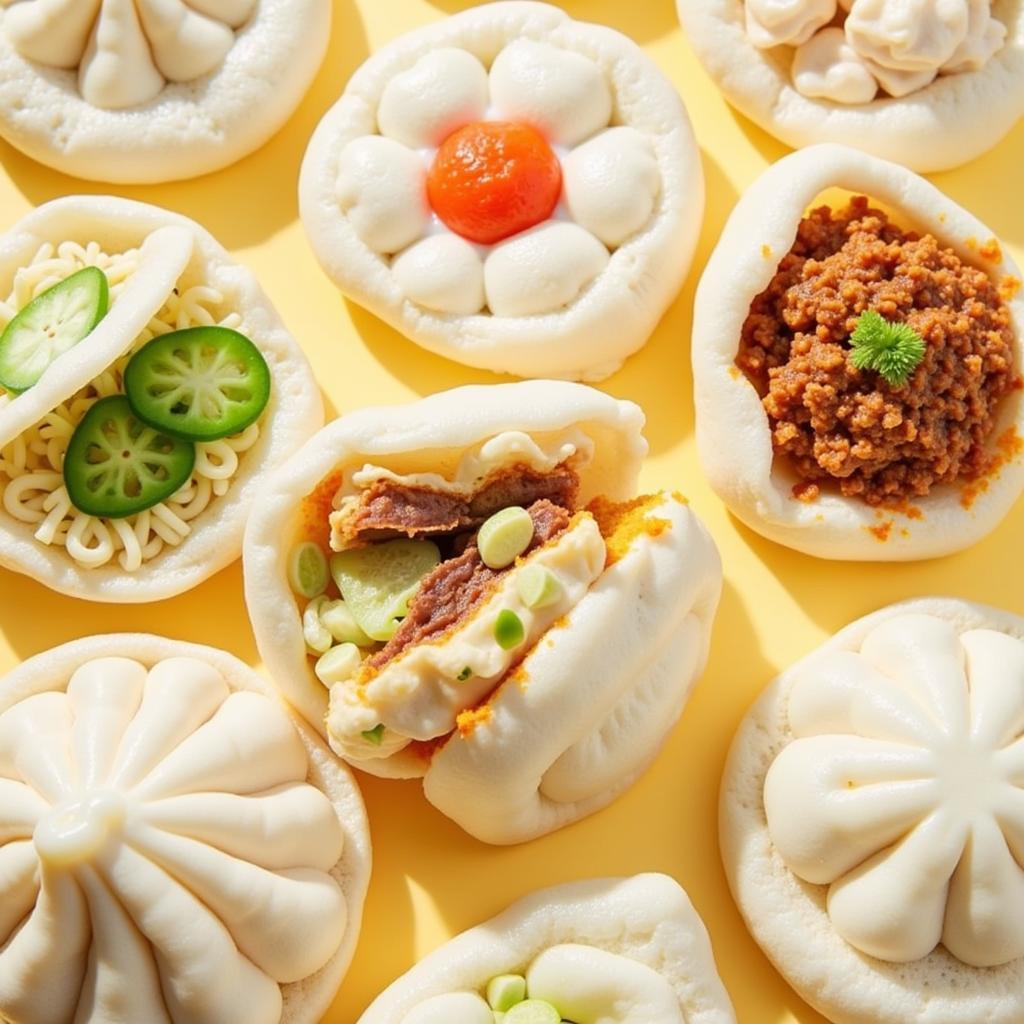Squishy Food. Is your mouth watering yet? There’s just something undeniably delightful about sinking your teeth into something soft, yielding, and oh-so-satisfying. But what exactly qualifies as “squishy food”? Get ready, because we’re about to dive deep into a world of textures, flavors, and pure foodie joy.
What Makes Food Squishy?
The magic of squishy food lies in its texture. It’s that perfect balance between soft and firm, offering a gentle resistance that gives way to a burst of flavor. This unique texture comes from a variety of factors, including:
- Ingredients: Think tapioca pearls in bubble tea, the gooey center of a mochi ice cream, or the satisfying chew of a gummy bear. Ingredients like tapioca starch, glutinous rice flour, and gelatin play a key role in creating that irresistible squishiness.
- Cooking Methods: The way food is prepared can dramatically impact its texture. Steaming, for example, can transform dumplings into fluffy pillows of deliciousness, while braising can render meat incredibly tender and yielding.
- Moisture Content: A high moisture content is essential for that desirable squishy texture. Just imagine biting into a juicy, ripe mango or a perfectly cooked piece of salmon.
 Close-up of a juicy ripe mango
Close-up of a juicy ripe mango
Exploring the Allure of Squishy Foods
Why do we find squishy food so appealing? The answer might lie in our primal instincts. Soft, easily chewable foods were essential for our ancestors, providing crucial nourishment without putting too much strain on their jaws.
But there’s more to it than just biology. Squishy food offers a sensory experience that goes beyond taste. It’s about the feeling of the food giving way under the slightest pressure, the way it melts in your mouth, and the overall sense of comfort and satisfaction it brings.
Squishy Food Favorites from Around the World
From Asia to Europe, squishy food knows no borders. Here’s a glimpse into some globally beloved squishy delights:
- Mochi (Japan): These chewy rice cakes come in a rainbow of flavors and fillings, offering a delightful play on textures.
- Arancini (Italy): Crispy on the outside, these fried risotto balls reveal a soft, creamy center that’s simply irresistible.
- Bao Buns (China): These fluffy steamed buns, filled with savory meats or sweet bean pastes, are a testament to the power of steam in creating the perfect squishy texture.
- Gnocchi (Italy): These pillowy potato dumplings are like little clouds of comfort food, especially when coated in a rich sauce.
 Assortment of steamed bao buns
Assortment of steamed bao buns
Tips for Cooking Up Your Own Squishy Delights
Want to experiment with squishy food in your own kitchen? Here are a few tips from a seasoned food enthusiast, Chef Emily Chen:
“Don’t be afraid to experiment with different types of starches and flours. Tapioca starch, for example, is a great option for creating chewy textures, while glutinous rice flour yields a delightfully stretchy consistency.”
- Pay attention to moisture levels: Adding the right amount of liquid is crucial for achieving the desired texture. Too little, and your food will be dry and crumbly; too much, and it will be soggy.
- Don’t overcook: Overcooking can ruin the texture of squishy food, making it tough and rubbery. Use a timer and follow recipes closely to avoid any culinary mishaps.
- Embrace the power of steam: Steaming is a gentle cooking method that’s ideal for preserving the moisture and texture of delicate foods.
Conclusion
Squishy food is a celebration of texture, flavor, and the simple joy of a satisfying bite. So next time you’re looking for a culinary adventure, embrace the world of squishy food and discover a universe of delicious possibilities.